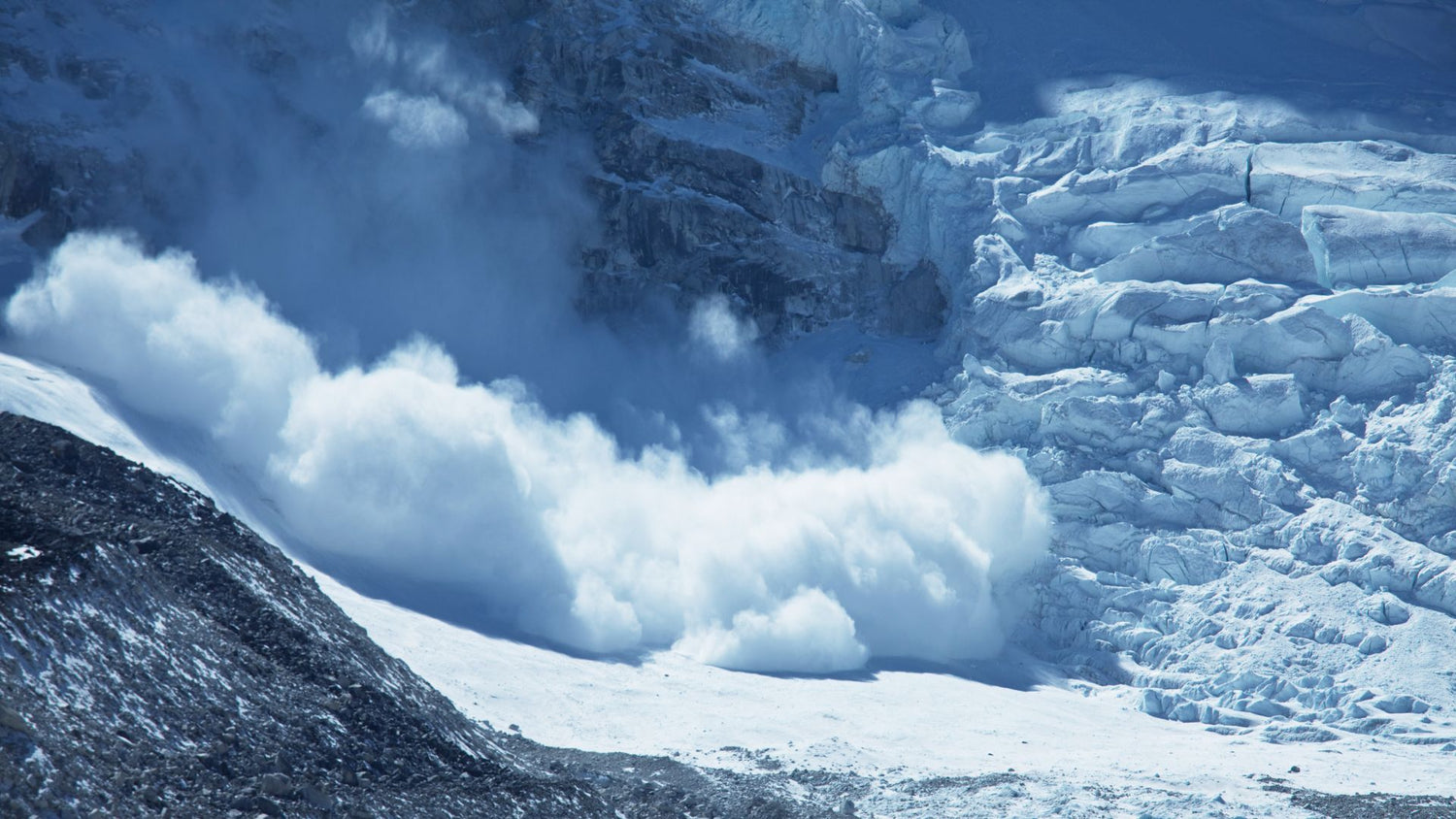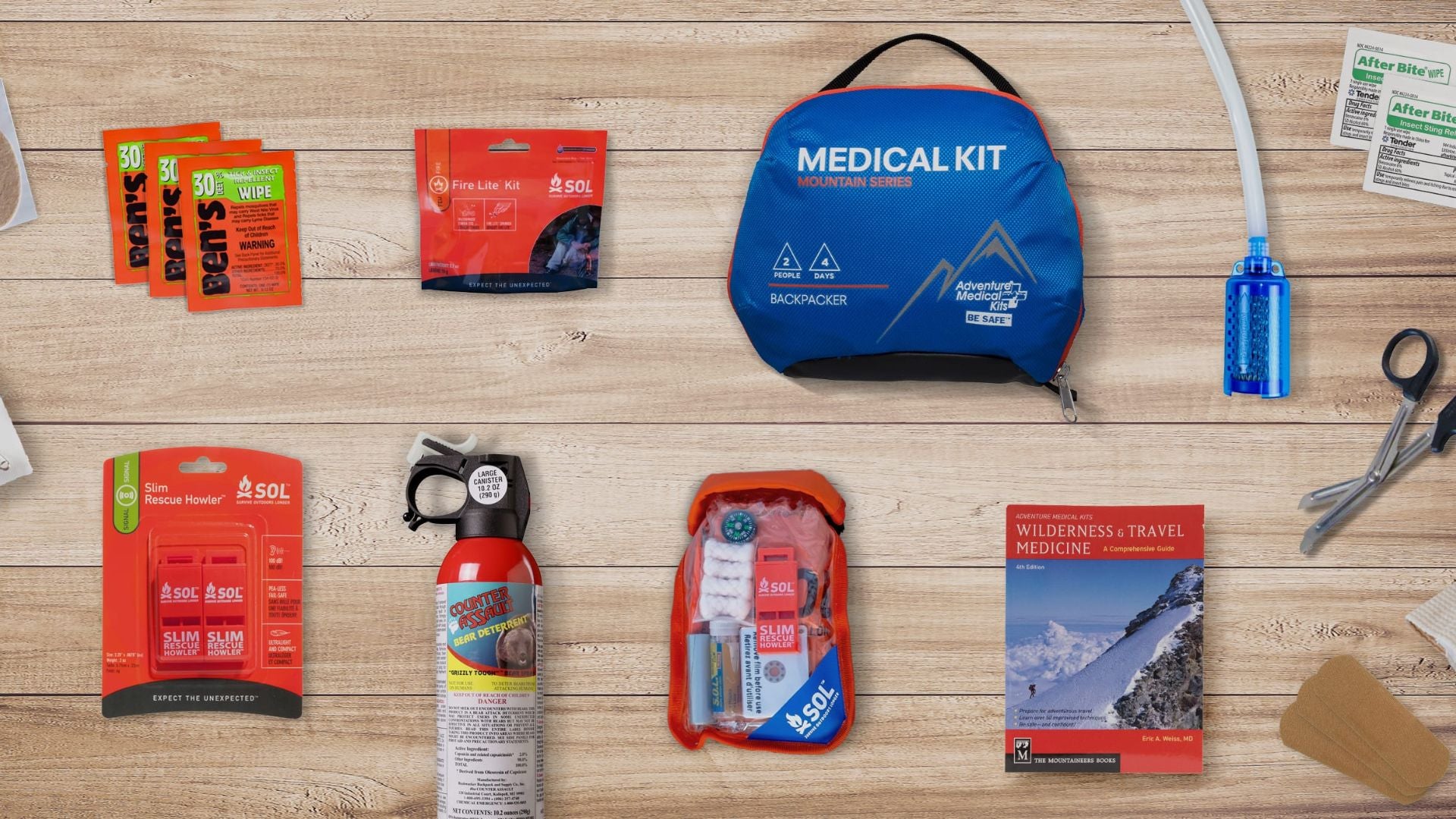With the growing free skiing/riding movement, more and more skiers and snowboarders head out of ski area boundaries every winter in search of untracked powder and adventure. In the backcountry however, pristine slopes, solitude, and unparalleled natural beauty are inexorably linked with inherent risks. This terrain is neither patrolled nor controlled, creating its paradoxical allure. Out there, the snow conditions are vastly different from those found within the more predictable confines of a ski area; out there, avalanches accommodate no one.
A humbling reminder of nature’s power, avalanches can easily obliterate anything unfortunate enough to be in their path: people, trees, cars, and even buildings. While the techniques for predicting and avoiding avalanches are generally reliable, anyone who ventures into the snowy backcountry will never be completely safe from the threat of an avalanche. That’s why it is so important to be well-versed in avalanche safety and search and rescue techniques.
The goal of all avalanche safety instruction is to help skiers and snowboarders make smart decisions in the backcountry so they can minimize their chances of having to deal with an avalanche and know what to do in the event one occurs. Armed with avalanche knowledge and safety awareness, skiers and snowboarders are better prepared to balance an acceptable level of risk with the chance to experience the euphoric beauty of the backcountry.
Before You Go….
- Take an avalanche safety course or clinic. These educational opportunities provide invaluable hands-on experience in personal safety and rescue techniques. (The National Ski Patrol offers excellent Basic Avalanche and Advanced Avalanche Courses for a minimal fee.)
- Read up on avalanches. Supplement what you’ve learned in the courses by devouring as much additional information as you can. It’s important to maintain a healthy respect for these deadly forces of nature, no matter how experienced you are at backcountry skiing or snowboarding.
- Learn to recognize avalanche terrain. Most avalanches travel in paths, on smooth exposed slopes of between 25 and 60 degrees, but there are many exceptions. To make an informed assessment of avalanche danger, it’s essential to understand the significance of various terrain features, including slope angles, rocks, cornices and other wind-snow formations, ledges, and vegetation. This takes experience, preferably in the company of a guide or instructor.
- Practice searching for your companions’ avalanche transceivers. Rehearse this until everyone you’ll be traveling with feels confident about his or her ability to locate each beacon as quickly as possible. It takes only one incident to realize the importance of this level of preparation.
- Do your homework. Research your route and snow conditions in the exact location(s) you plan to ski. Call your local avalanche warning center and check the current and forecasted weather before heading into the backcountry. Be prepared to adjust plans and/or routes accordingly.
- Remember and anticipate the “Human Factor”; that is, the fact that people may exhibit undesirable behavior in stressful situations. Your attitude and the attitude of your companions can often mean the difference between a safe trip and catastrophe. Make sure you travel with people who have similar goals and attitudes
Once You’re There….
- Always carry avalanche equipment, including avalanche transceivers, probes, and shovels (in addition to basic camping gear, extra clothing, high-energy food, and plenty of water). Every member of the group needs to carry all three of these avalanche rescue items, and know how to use them.
- Be aware of your surroundings. Stay alert, and constantly be on the lookout for information about the environment that indicates the potential for a slide. This includes recent avalanche activity and changes in terrain, snowpack, and the weather.
- Analyze the snowpack stability. As with studying terrain features, reading the snowpack takes years of experience. There are however, several tests that reveal the layers in the snow and can help you assess risks involved with unstable snow. These include ski-pole tests, snowpit tests, resistance tests, and “shear” tests. In the National Ski Patrol’s avalanche courses, students learn how to conduct these tests and have the opportunity to see the snowpack firsthand.
- Cross potential avalanche slopes one at a time. If you doubt a slope’s stability but still intend to cross it, only expose one person at a time to the potential for danger. When climbing or traversing, each person should be at least 100 yards from the next person. Travelers should climb steep narrow chutes one at a time, and when descending the slope, ski it alone. This not only minimizes the number of people who might get caught (and maximizes the number of people available for rescue), but it also reduces the stress put on the snowpack.
- Have the courage to know when you shouldn’t go. In the words of Chuck Tolton, ski patrol director at Copper Mountain, Colo., “No turns are worth putting friends and family through the ordeal of your death.”
General Rules of the Road...
- Don’t overlook clues. Evidence of potential avalanche hazards will be there, so pay attention. If you educate yourself and communicate with your companions, you should have the tools needed to make smart decisions in the backcountry.
- Try to avoid traveling in the backcountry alone. Also, never leave the group. Otherwise, if you run into trouble, you’ll be on your own.
- Don’t assume avalanches occur only in obvious large paths. While most slides travel on broad, steep, and smooth slopes, they can also wind down gullies or through forested areas. Remember, if you can ski or snowboard through it, an avalanche can slide through it.
- Never travel in the backcountry on the day after a big storm. Allow the snowpack to settle for at least 24 hours.
- Don’t assume a slope is safe because there are tracks going across it. Wind, sun, and temperature changes are constantly altering snowpack stability. What was safe yesterday (or this morning) could slide this afternoon. Further, when you cross a slope, you apply stress to the snowpack, which can cause it to slide.
- Don’t allow your judgment to be clouded by the desire to ride the steepest pitch or get the freshest snow. Staying alive is much more important.
- Don’t hesitate to voice concerns or fears. As Chuck Tolton said, “No one is going to criticize you for wanting to be safe in the backcountry.”
- Don’t consider yourself an avalanche expert just because you’ve taken a lot of courses and traveled extensively in the backcountry. “What you don’t know can and will kill you,” Tolton says. “If you work or play in the backcountry, you have to gain an understanding and knowledge of the ever-changing and dangerous environment.” Avalanche expert Knox Williams agrees, adding that although he’s been studying avalanches for 27 years he still learns something new every winter. “Learning about avalanches is a lifelong endeavor,” he says. “A ‘know-it-all’ arrogance can kill you.”













